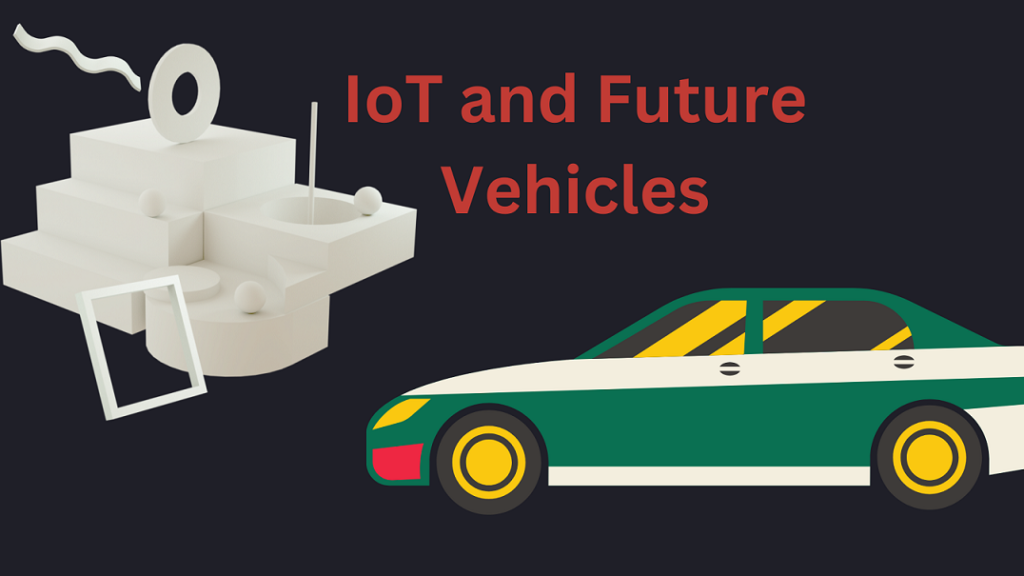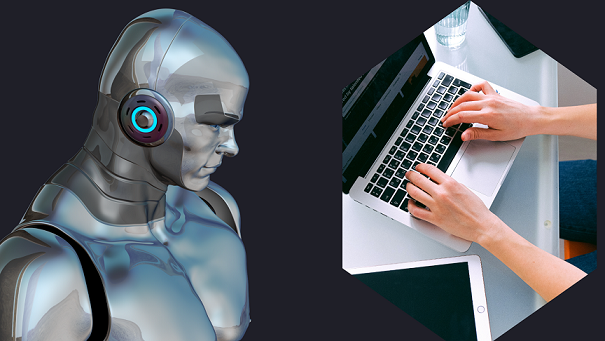The Importance of Ethics in Robotics

As robotics technology continues to evolve at an unprecedented pace, the consideration of ethics into its development has become increasingly vital. Ethical concerns are raised by the potential of robotics to transform sectors such as healthcare, manufacturing, and transportation in the fields of healthcare, manufacturing, and transportation. The absence of established ethical frameworks in robotics can lead to unintended consequences, including job displacement, privacy violations, and the misuse of robotic systems for harmful purposes.
One pressing issue is the impact of robotics on employment. As automation becomes more prevalent, many jobs traditionally held by humans are at risk of being replaced by robots. While the advancement of technology promises enhanced efficiency and cost savings, the ethical implications of widespread job loss demand careful consideration. Stakeholders must address how to balance innovation with the need to protect the workforce and train individuals for new roles within an automated environment.
Additionally, privacy concerns are magnified in the context of robotics. Many robotic systems collect, process, and store vast amounts of data, sometimes without the explicit knowledge of individuals involved. These practices can lead to unauthorized surveillance and invasion of privacy, thus necessitating transparent data handling policies and robust regulatory frameworks. Without stringent ethical guidelines, the risk of exploitation in this area is substantial.
Case Studies: Ethical Dilemmas in Robotics
As robotics technology evolves, it is crucial to consider the ethical implications of its deployment in various settings. Notable case studies illustrate how innovation can clash with ethical responsibilities, particularly in healthcare, autonomous vehicles, and manufacturing. These examples highlight the complex dilemmas faced by developers and organizations operating in this field.
In healthcare, the introduction of robotic surgery systems has significantly improved precision and minimally invasive techniques. However, ethical concerns arise regarding accountability when errors occur. For instance, if a surgical robot malfunctions, determining liability can be challenging. Does responsibility lie with the manufacturer, the surgeon, or the healthcare institution? This ambiguity raises questions about patient safety and the moral obligation to ensure that robots function correctly and safely within medical environments.
Autonomous vehicles present another significant ethical dilemma. As these vehicles become commonplace, they are faced with the challenge of making split-second decisions in emergencies. For example, in a scenario where an autonomous car must choose between swerving to avoid pedestrians or risking the passengers’ safety, the algorithm must rely on a set of pre-defined ethical principles. Determining which lives to prioritize in an accident raises profound ethical questions about the underlying frameworks guiding these decisions.
These case studies illustrate the pressing need for a robust ethical framework in robotics development, emphasizing the interplay between technological advancements and moral accountability. Addressing these challenges will be vital as the field continues to grow.
Regulatory Frameworks and Standards in Robotics Development
The rapid growth of robotics technology has prompted the need for comprehensive regulatory frameworks and ethical guidelines to govern its development and application. These regulations serve to safeguard against potential risks associated with autonomous and semi-autonomous systems, ensuring their responsible deployment in various sectors. Regulatory frameworks may vary significantly between countries, but international collaboration is essential for establishing common standards that promote safety and ethical considerations in robotics.
At the global level, organizations such as the International Organization for Standardization (ISO) have begun to develop standards specifically geared toward robotics. The ISO/IEC JTC 1/SC 42 committee focuses on artificial intelligence and robotics, working to formulate guidelines that emphasize transparency, accountability, and ethical usage.
Locally, various nations have implemented their own regulations regarding robotics development. Countries such as the United States and those in the European Union have started crafting policies addressing privacy, safety, and ethical considerations in the deployment of robots. The European Union, for example, has proposed regulations that require transparency in AI algorithms and enhance data protection, seeking to prevent the misuse of robotic technologies. Furthermore, industry stakeholders increasingly adopt best practices which involve ethical reviews and assessments that align with established norms and values.
In addition to governmental frameworks, professional organizations and advocacy groups play a crucial role in promoting ethical standards in robotics. Initiatives such as the IEEE’s Global Initiative on Ethics of Autonomous and Intelligent Systems provide valuable resources and guidelines aimed at driving the responsible development of robotic technologies. Through these combined efforts, the robotics industry is gradually moving toward a more structured and ethically-informed approach, balancing innovation with societal values and safety.
Collaboration Between Innovators and Ethicists
By engaging ethicists in the early stages of robotics development, companies can identify potential ethical dilemmas and address them proactively, minimizing the risk of negative societal impacts.
One of the main benefits of this interdisciplinary partnership is the ability to produce technologies that are not only groundbreaking but also socially responsible. For instance, in the domain of autonomous robotics, experts in ethics can help developers understand the moral implications of decision-making algorithms. This foresight aids in ensuring that robotic applications comply with established ethical standards, promoting public trust and acceptance of new technologies.
In essence, the collaboration between innovators and ethicists serves as a foundational pillar in the responsible development of robotics technology, enabling practitioners to strike a balance between innovation and ethics.
Public Perception and Acceptance of Robotics
The relationship between public perception and the development of robotics plays a pivotal role in ethical considerations within the field. As robotics technology advances, public acceptance is increasingly shaped by perceptions of safety, reliability, and utility. Consequently, fostering trust in robotic systems necessitates an emphasis on transparency in their design and functionality. When developers openly share information about how robots operate and the safeguards in place to ensure user safety, they lay the groundwork for a more informed public dialogue regarding the benefits and challenges of robotics.
Education is another essential component that influences public sentiment toward robotics. By providing comprehensive resources and training programs, stakeholders can alleviate fears associated with job displacement and privacy concerns. Informed citizens are more likely to embrace robotic technologies, recognizing their potential to enhance productivity and improve quality of life. Thus, educational initiatives aimed at demystifying robotics and illustrating their practical applications in various domains can significantly enhance public acceptance.
Ultimately, addressing public perception and fostering acceptance of robotics is not merely about improving user trust; it is fundamentally about shaping the future of technology in a manner that aligns with ethical standards and societal needs. By committing to transparency, education, and engagement, stakeholders can create a more favorable environment for robotic innovation that respects public concerns and aspirations.
Future Trends in Robotics and Ethics
The field of robotics is poised for significant advancement, driven by the integration of artificial intelligence (AI) and evolving technologies. As robotics becomes increasingly sophisticated, the landscape of ethical considerations surrounding their application will similarly need to adapt. One of the most notable trends is the emergence of autonomous robotics, which includes drones and self-driving vehicles. These systems are expected to operate with minimal human intervention, potentially leading to various ethical dilemmas regarding accountability and safety.
Moreover, the integration of AI into robotics introduces significant capabilities, allowing machines to learn from their experiences and make decisions based on complex datasets. This development raises concerns regarding privacy and surveillance, particularly when used in domestic settings or public spaces. The ability of robots to monitor and analyze human behavior necessitates a careful examination of the implications for individual rights and societal norms.
In this rapidly evolving technological landscape, ongoing dialogue among engineers, ethicists, policymakers, and the public will be crucial for navigating the ethical complexities that accompany robots’ increased prevalence in society, ensuring that innovation aligns with shared ethical values.
Consideration of Innovation and Ethics in Robotics Development
The integration of ethical principles in robotics development is vital for fostering innovation that aligns with societal values. To achieve this, developers and stakeholders can adhere to several best practices throughout the various stages of the robotics lifecycle, from design to deployment. These practices emphasize accountability, transparency, and inclusivity, all of which are essential for responsible innovation.
Firstly, it is crucial to establish an ethical framework that guides development teams. This framework should outline the core values and principles relevant to the robotics project, such as safety, privacy, and fairness. Engaging multidisciplinary teams during this phase can enhance the framework’s robustness, as it incorporates diverse perspectives and expertise. This collaborative approach can help identify potential ethical dilemmas early in the development process.
Secondly, incorporating stakeholder feedback is an essential practice. Developers should actively engage with users, impacted communities, and experts in ethics during the design and testing phases. This engagement not only builds trust but also ensures that the technology being developed meets the needs and concerns of those it will affect. Conducting focus groups or surveys can provide valuable insights into public sentiment and expectations regarding robotic systems.
Finally, continuous evaluation and adaptation of robotics systems are necessary to maintain ethical standards. Post-deployment assessments should be conducted regularly to analyze the impacts of the technology and ensure it continues to align with ethical guidelines. By following these best practices, developers can contribute to the responsible advancement of robotics while respecting societal norms and values.


